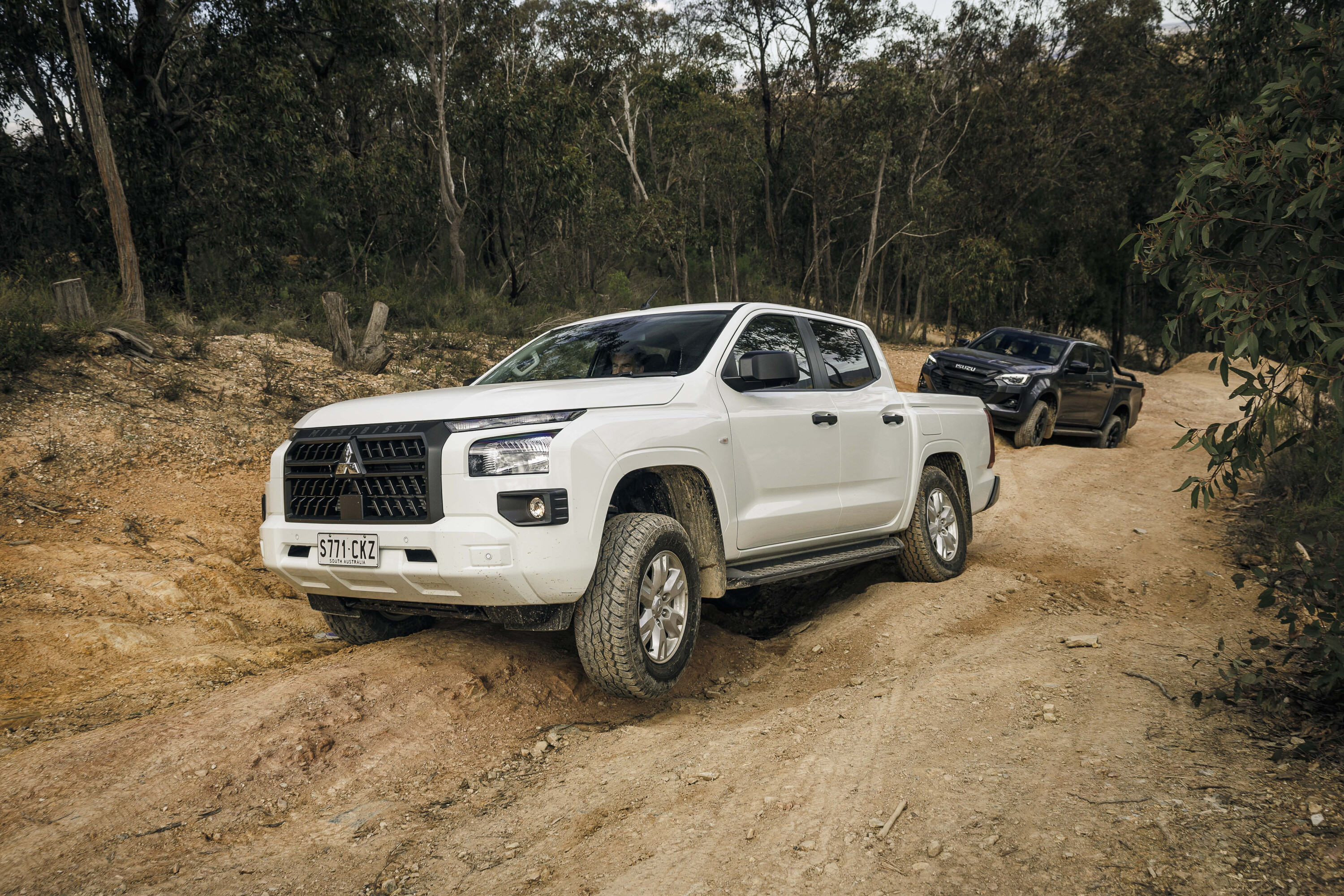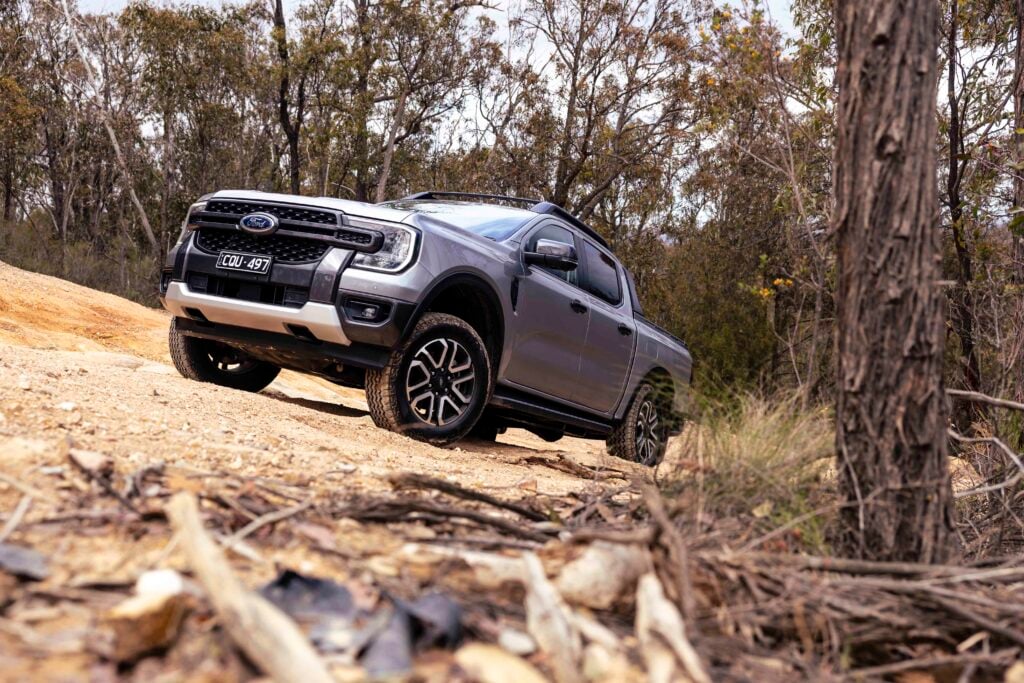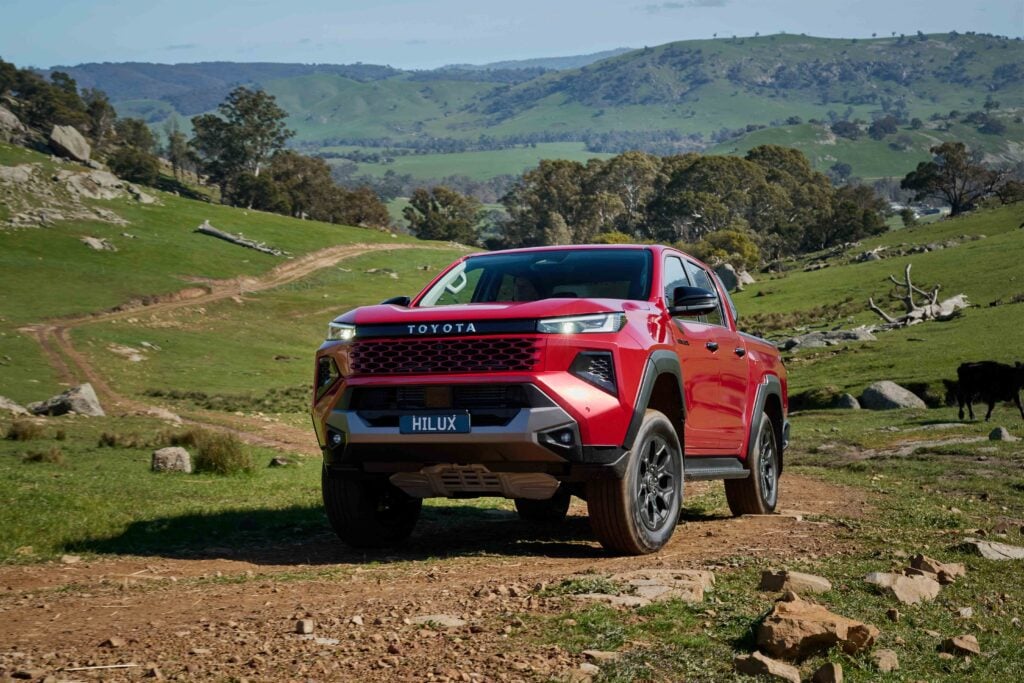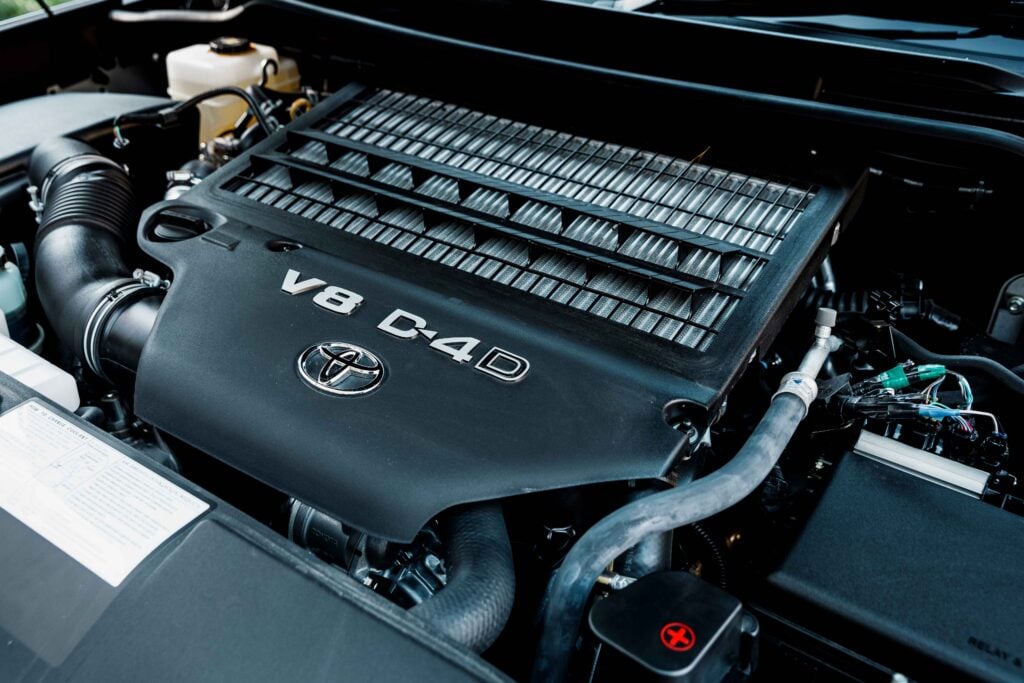The Triton is often mistaken for a bit of a cheap rig because, well, they don’t cost as much as some of the others.
However, this is still a top quality Japanese 4×4 with some of the strongest diffs found in a mid-size ute and build quality that’s right up there. Personally, I don’t need a leather interior or a touchscreen that if you lay it flat, you could play a game of pool on. My needs are more basic – all I really want is a punchy engine (which the Mitsi doesn’t have), simple mechanicals (which it kinda has), and a bare minimum of electronics and emissions equipment (let’s call that one a five out of ten).
For that reason, I’m going for the GLX mid-spec model. Mainly because it has a diff lock in the back, which is still better than any traction control I’ve driven (although they’re getting pretty darn close these days to be fair). Assuming I’m in the price bracket for mid-range SR HiLux, which retails for $55,190, the Triton GLX at $43,690 (See, they really don’t cost as much) gives me an easy $12K-ish to take the Mighty-Tritey from ho-hum to ho-lee-s#!7.
Let’s call a spade a shovel here, the 2.4L dizzle, with its 133kW and 430NM of yawn, is never going to be rad. A basic dyno tune will give us an easy and reliable 20 per cent boost in both departments, getting us up over 500Nm and 160kW, which is not going to set any drag strips on fire, but it’ll be a damn sight less fatiguing to drive over the asthmatic stock engine. It’s $2000 or so well spent.
From there it’s barwork time. A lightweight Pegasus front alloy bar from MCC 4X4 ($3500) with a Drivetech 4X4 9500lb dual-speed winch ($1000) and some Narva LED lights ($700) will make animal strikes and self-recoveries much less of a concern.
In terms of the tray side of things, I prefer to keep things as light as is reasonable over the back end of dual-cabs so I’d keep the factory tonneau in place to minimise any chance of being over GVM; which is known to lead to bent chassis’ (not just on the Triton, but all overloaded dual-cabs). The rule of thumb goes: if you have the extra room, chances are you’ll fill it up. By keeping the stock styleside, I’m simply minimising temptation.
This leads me to suspension. The Tritons, since the MQ at least, have always had generous wheel arches that can accommodate big rubber with minimal lift, so it’d be rude not to cram some 33-inch Toyo Open Country ATs (call it $2500) in there. As for shocks and springs, in my opinion, the former is way more important than the latter on utes. The rear leaves can stay as is with nothing more needed than a set of 25mm spacers.
The front can be raised by 50mm, which will have the double advantage of keeping the CV angles within their range of operation and levelling out the factory stinkbug stance. As for shocks, how much have I got left, $2500? I’d be on the phone to Superior Engineering to talk about getting a set of its Icon Shocks for the back and coilovers up front. You really can’t have too good a shock, I reckon.
If I had a few extra bucks, a lithium battery with a Redarc or Victron BMS set-up would be the next cab off the rank to run the fridge and camp lights.
From there, all available money is going on food, drinks and fuel and I’m headed somewhere where there’s a brazillion stars in the sky and next to no people. See ya.
We recommend
-
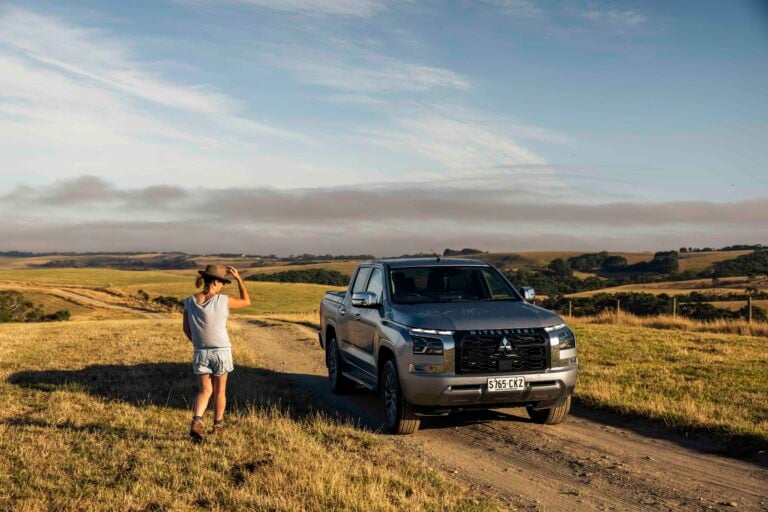 Reviews
Reviews2024 Mitsubishi Triton GLS long-term review
Our resident snapper has the keys to a Mitsubishi Triton GLS for the next few months
-
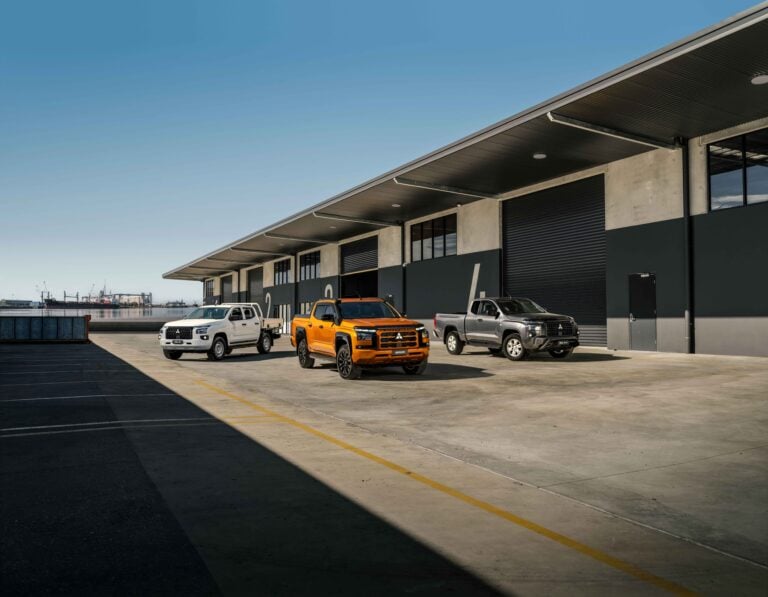 News
NewsEntire Mitsubishi Triton line-up earns five-star ANCAP safety rating
Five-star safety score now extends to the entire Triton line-up
-
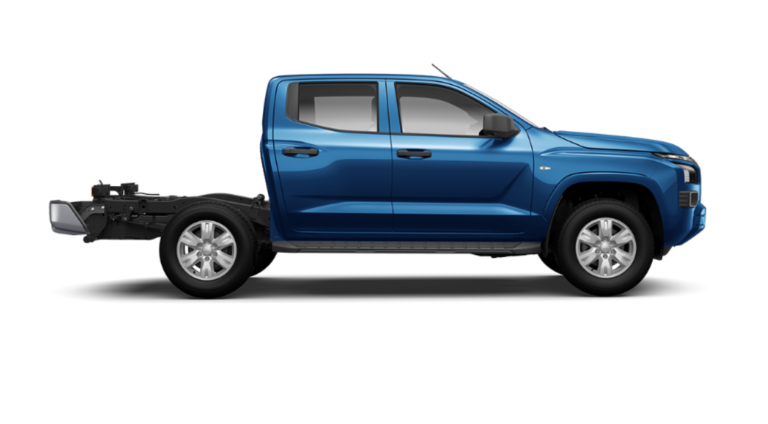 News
News2025 Mitsubishi Triton dual cab-chassis pricing revealed ahead of official launch
Triton range expected to expand with selection of dual cab-chassis variants


